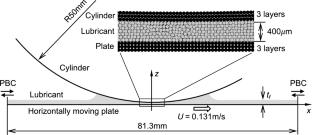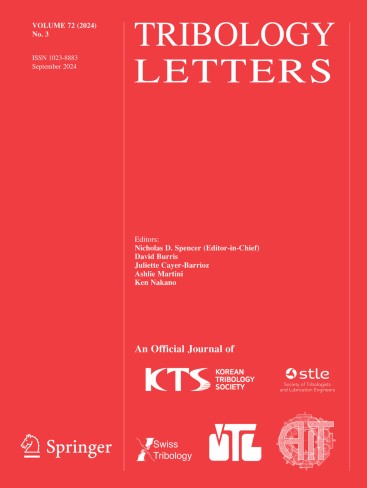Smooth Particle Hydrodynamics Analysis of Hydrodynamic Lubrication with Free Surface Flow
Abstract
Pressure boundary conditions are required to solve the Reynolds equation for hydrodynamic lubrication. Several boundary conditions have been proposed for the outlet end of the pressure profile while a limited choice is available for the inlet zone. In order not to impose a priori conditions, here we apply the smoothed particle hydrodynamics method (SPH) to the hydrodynamic lubrication problem solved with the Navier–Stokes equations. First, surface tension calculation which is based on the CSF method is developed to consider the deformation of the liquid–air interface. The action of surface tension is verified by comparing the theoretical values of the Laplace pressure and the period of the surface tension oscillation of a circular droplet. The SPH analysis is then used to simulate the hydrodynamic lubrication problem with a limited amount of fluid. The pressure profiles obtained by the SPH analysis show a good agreement with reported FEM and experimental results. Especially in the outlet zone, the minimum pressure and the location of the outlet meniscus boundary agree with the experimental results over a wide range of capillary numbers. Film profiles in the inlet zone are affected by the direction of the gravitational force. In addition, the approach developed here allows the visualization of a vortex flow in the inlet zone and shows that only a limited part of the bottom flow driven by the moving surface is passing through the minimum gap toward the outlet side. This approach opens the way to simulate accurately and without a priori assumptions the hydrodynamic lubrication problem with a free surface flow as found in all starved lubricated contacts.


 求助内容:
求助内容: 应助结果提醒方式:
应助结果提醒方式:


